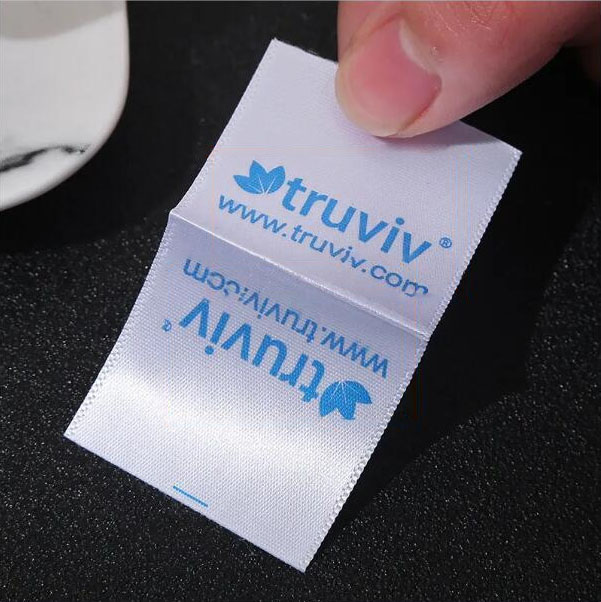Mastering Apparel Washing Instructions: Tips for Keeping Your Clothes Fresh and Vibrant
2024-08-10
Keeping your clothes looking new and feeling fresh involves more than just regular washing; it requires attention to the specific care instructions for each type of fabric. Proper apparel washing is crucial not only for maintaining the appearance and longevity of your garments but also for ensuring that they remain comfortable and hygienic. In this blog, we’ll delve into the essentials of apparel washing instructions, offering practical tips and advice for keeping your wardrobe in top shape.
Understanding Apparel Washing Instructions
Apparel washing instructions are guidelines provided by manufacturers to ensure that clothes are cleaned and cared for properly. These instructions often include specific recommendations for washing temperature, cycle type, drying methods, and ironing. Adhering to these guidelines helps prevent damage and preserves the fabric's quality and color.
Key Elements of Washing Instructions
1. Washing Temperature
- Cold Water: Generally recommended for delicate fabrics like silk, wool, and certain synthetics. Cold water helps prevent shrinkage, color bleeding, and fabric damage.
- Warm Water: Suitable for most everyday fabrics, including cotton and blends. Warm water helps remove dirt and stains more effectively than cold water.
- Hot Water: Often used for heavily soiled items or whites that need a thorough clean. However, hot water can cause shrinkage and fade colors, so use it cautiously.
2. Cycle Type
- Normal Cycle: Best for durable fabrics such as cotton and polyester. This cycle provides a standard level of agitation and rinsing.
- Gentle Cycle: Ideal for delicate fabrics like lingerie, silk, or embellished clothing. The gentle cycle uses slower agitation to minimize wear and tear.
- Heavy Duty Cycle: Designed for heavily soiled items or durable fabrics that require extra cleaning power. It uses more vigorous agitation and a longer wash time.
3. Detergent Use
- Regular Detergents: Suitable for most fabrics and general laundry loads. Follow the recommended amount to avoid residue buildup.
- Delicate Detergents: Specifically formulated for delicate fabrics to prevent damage and preserve softness.
- Specialized Detergents: Includes options for sensitive skin, color protection, or high-efficiency washers.
4. Drying Methods
- Air Drying: Ideal for delicate fabrics and garments with embellishments. Lay flat or hang to dry to avoid stretching or distortion.
- Tumble Drying: Best for durable fabrics like cotton and synthetics. Use the appropriate heat setting to prevent shrinkage and fabric damage.
- Low Heat or No Heat Drying: Recommended for delicate fabrics and items that are prone to shrinking or damage.
5. Ironing and Steaming
- Ironing Instructions: Follow the garment’s care label for the correct ironing temperature. Use appropriate heat settings for different fabrics to avoid scorching or melting.
- Steaming: A gentle alternative to ironing that can help remove wrinkles and refresh garments without direct contact with the fabric.
Tips for Effective Apparel Washing
1. Sort Your Laundry
- Separate Colors: Divide laundry into separate loads for whites, colors, and delicates. This prevents color bleeding and ensures each load receives the appropriate care.
- Fabric Types: Sort by fabric type to match washing temperatures and cycle types, reducing the risk of damage.
2. Read Care Labels
- Follow Guidelines: Always check the care labels on your garments for specific washing and drying instructions. This information is tailored to the fabric’s needs and helps maintain the garment’s quality.
- Look for Symbols: Familiarize yourself with common laundry symbols, such as the washer drum icon for machine wash and the triangle for bleach use.
3. Pre-treat Stains
- Address Stains Promptly: Pre-treat stains as soon as possible to increase the chances of removal. Use a stain remover or a small amount of detergent to gently work on the stain before washing.
4. Avoid Overloading
- Proper Load Size: Do not overload the washing machine, as this can lead to inadequate cleaning and increased wear on garments. Follow the machine’s capacity guidelines for optimal results.
5. Use Mesh Bags for Delicates
- Protect Fragile Items: Place delicate items like lingerie and hosiery in mesh laundry bags to protect them from damage and tangling during the wash.
6. Check Zippers and Buttons
- Prevent Damage: Close zippers and fasten buttons before washing to prevent snagging and damage to other garments.
Addressing Common Washing Challenges
1. Color Bleeding
- Cold Water Washing: Use cold water for washing colorful items to minimize bleeding. Adding color catchers to the wash can also help absorb loose dyes.
2. Shrinking
- Avoid High Heat: Use cool or warm water and air dry or use low heat settings to prevent shrinkage. Check care labels for specific recommendations.
3. Fading
- Turn Clothes Inside Out: Wash clothes inside out to reduce exposure to detergent and friction, which can cause fading.
4. Wrinkles
- Proper Drying: Remove clothes from the dryer promptly and hang or fold them to reduce wrinkles. Use a steam iron or garment steamer for stubborn wrinkles.
Conclusion
Understanding and following apparel washing instructions is essential for maintaining the appearance, fit, and longevity of your clothing. By paying attention to washing temperatures, cycle types, detergent use, and drying methods, you can ensure that your garments remain fresh, vibrant, and in excellent condition.
Incorporate these tips into your laundry routine to protect your investment in clothing and enjoy the comfort and confidence of well-maintained apparel. Whether you're caring for everyday wear or delicate items, proper washing techniques will help keep your wardrobe looking and feeling its best.



